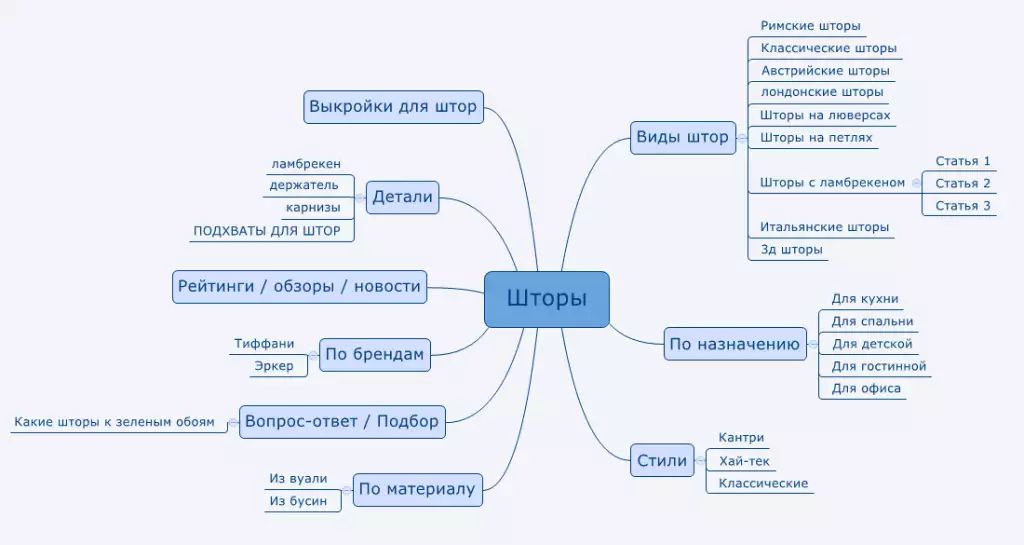How optimization of filter pages will help the promotion of online stores

Properly designed filter pages can provide good traffic, attract people who are already in the mood to buy. However, filter pages are rarely optimized, losing the opportunity to drive additional traffic to the site.
Filters allow you to narrow down your online store search, such as selecting only Intel processors or blue jackets from the entire range.
What is optimization for?

Thanks to the optimization of the filter pages, it is provided:
- Increasing the visibility of the site in the search through the use of queries of low and medium frequency;
- Improved behavioral factors: the number of bounces is reduced, the visitor examines the desired assortment more carefully and spends more time on the page;
- Increased Conversion Rate: People who came to the exact request are more likely to buy.
In order for filter pages to have a beneficial effect on the visibility of the site, they need a unique URL, as well as matching certain key queries. More than 50% of the traffic that converts into purchases can come from filter pages - of course. Provided that search engine robots notice and index them. To do this, you can use different ways to create pages.
Four Ways to Create Filter Pages

There are 4 ways, all of them working, but with their own nuances:
- With Ajax . In this case, the visitor selects the desired characteristic (or several), the assortment of goods changes in accordance with requests, but the page does not reload. The URL remains unchanged or is supplemented with a hashtag with elements. Such "additional" pages do not get into the search, which is considered a minus of the method. But there are also advantages. The first is that duplicates cannot occur. The second is that search jobs do not spend the crawling budget and can view more useful pages in one “visit”. For example: site.com/rubashki/#category_id=85&page=1&path=13_85&sort=p.date_added&order=DESC&limit=24&
- With a UTM tag in the URL. In this case, when using filter categories, a URL is generated where the ? sign is present. By this method, new pages are formed in the issue, but a lot of "garbage" is possible. The pages with the new URL may be useful, but most of the crawl budget will be wasted. In addition, the URL remains incomprehensible to the user, and therefore the CTR will be low. For example: com/cat-56/col-bck/
- With static URLs. The method involves creating an address with Latin characters, numbers and //. Each one becomes unique and the chance of duplication is minimized. These links are easy to work with, but it is still difficult for the user to understand the URL. So the relevance of the pages remains low. For example: http://site.com/section/categoriya/filter/
- With static human-readable URLs. This is an improved version based on the previous one. The names of the filters are added to the main URL through / and written in transliteration. Such a record allows both the search robot and the user to know what is presented on the page, and thereby the relevance increases. As a result, landing pages with a high CTR in the SERPs are formed, and links become clearer and easier to work with. For example: http://site.com/platya/filter/tsvet-zheltiy. The CMS of an online store does not always allow you to create human-readable URLs - this possibility should be provided from the very beginning. When creating online stores, our company uses this method, which allows us not to make changes later and not to purchase additional modules.
Organization of the filter system

Ideal - when at the stage of site development everything is done as it should be. But this is not always the case. To properly organize the filter pages, you will need to solve the following tasks:
- generate static URLs that are understandable for people and search engines, at least for filters of the 1st level;
- competently organize internal linking so that the pages are filled with link weight;
- configure the generation of meta tags for filters of the 1st level;
- add texts with relevant keys.
What to open and what to close for indexing
For indexing, open those pages that are beneficial to the promotion. Usually, first-level filters are opened for indexing, as well as those that are formed as a result of the intersection of 2 different filters. Three or more intersections almost never open, but you need to take into account key queries for a particular product.
Generation of meta tags
The capabilities of the administrative panel should allow you to create generation templates or write them manually. The ability to place SEO texts on filter pages is also necessary. Without this, it is impossible to ensure page optimization.
So, properly performed optimization of filter pages ensures the growth of traffic and conversions for an online store. It's best to create static, human-readable URLs for filter pages. It is also worth opening only useful pages for indexing, and the increase in traffic will not be slow to show itself.
